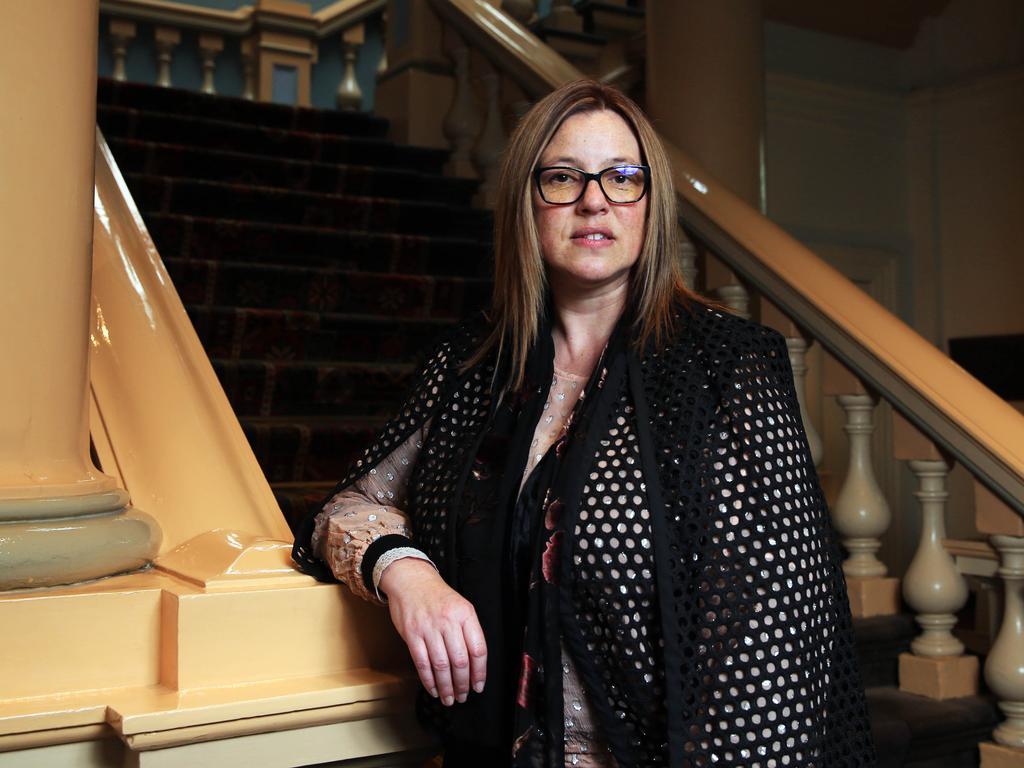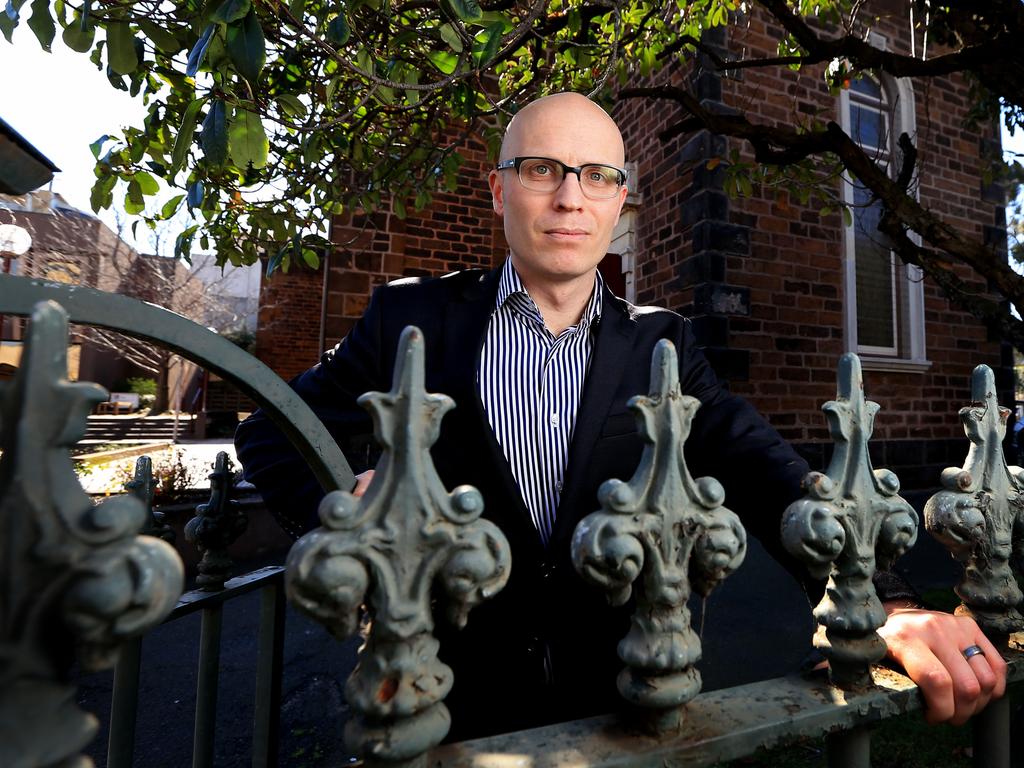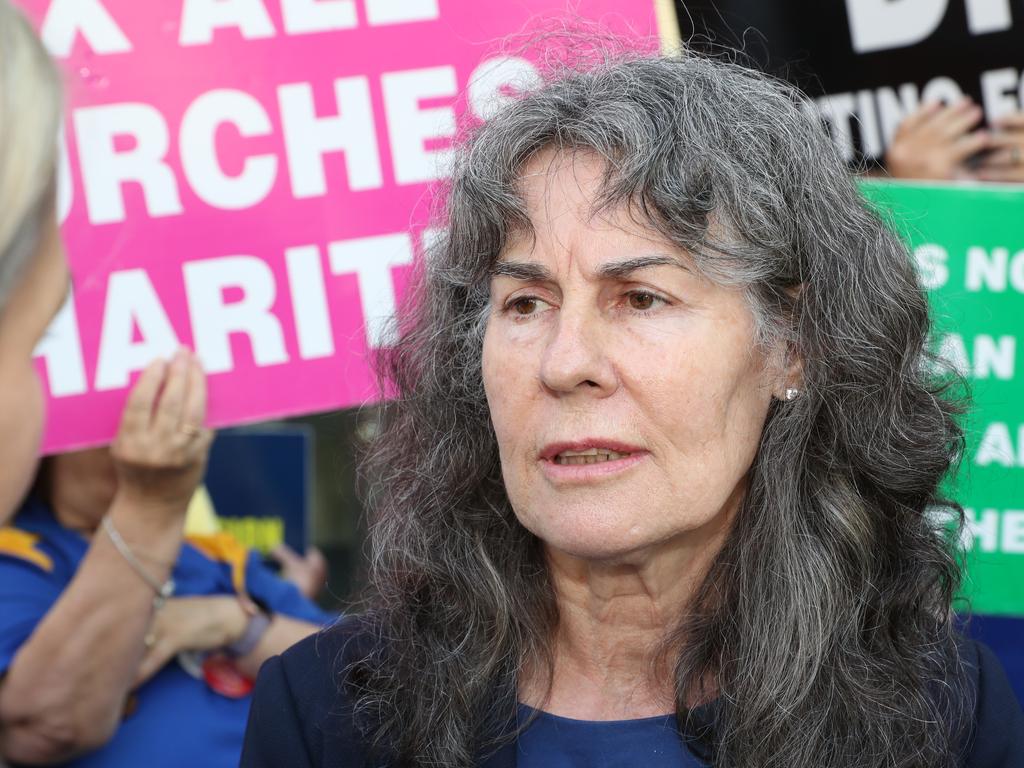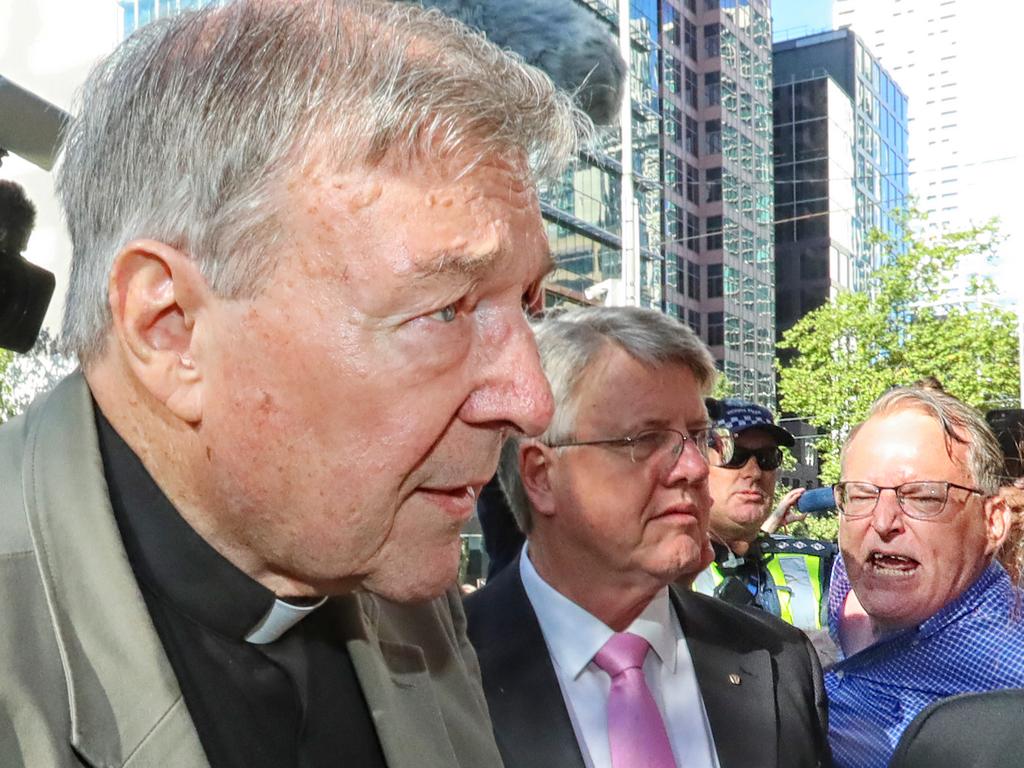George Pell’s cruel legacy: Victims ‘silenced’ by Cardinal’s redress scheme
The outcome of Pell’s case has been celebrated by victims — but it has “chilling” implications no one saw coming.
George Pell being found guilty of sexually abusing two choirboys on two separate occasions in 1996 is a victory for advocates who have long believed that the former Archbishop and Vatican treasurer had something to hide.
But the case has far broader implications than even the lasting and devastating effect he had on his direct victims, one whom died from a heroin overdose in 2014.
Victims’ advocate Ingrid Irwin has said that while the outcome of George Pell’s case is “a wonderful thing”, it does nothing to repair the harm she says he caused when he headed up the so-called Melbourne Response, a scheme run by the Catholic Church that was, at least on the surface, set up to give support and compensation to victims of clergy abuse.
The Melbourne Response was established by George Pell himself in 1996 when he was the Catholic Archbishop of Melbourne, at around the same time as his own offending occurred. Victims say this negates its validity.
“At the moment people are getting carried away with the decision and that he might be going to jail,” says Ms Irwin, a lawyer involved in the Pell case. “And while I applaud that it’s brought justice for some complainants I still don’t think that’s the core.
“I think it’s a bittersweet victory. It’s brought justice to (the complainants) and their truth has been validated. But then you’ve got the complainants where they haven’t.”

Ms Irwin says that hundreds of victims were “silenced” by the scheme as they were encouraged to make out-of-court settlements, which were originally capped at $50,000, though this was later raised to $75,000.
She says that any scheme that is run with the church’s oversight, including its national redress scheme Towards Healing, are little more than public relations exercise for the Church to give the impression that they’re helping victims.
“They were set up to steer victims towards out-of-court settlements to make it so-called easier for them,” Ms Irwin says.
Paul Hersbach is a survivor who was raped by Melbourne priest Father Victor Rubeo when he was an altar boy, as was his twin brother and his own father. He went through the Melbourne Response in 1997 and was told by the independent commissioner attached to the scheme — who was found to have acted on instructions from the Church’s own law firm — that there does “not appear to be much point in your taking the matter to the police”.

He told The ABC that now Pell has been revealed to be an offender himself, he feels sick.
“To think that the architect of (The Melbourne Response) was himself an abuser … to claim the moral high ground from that position is unconscionable,” he told the ABC’s Sarah Dingle.
Chrissie Foster, whose daughters Emma and Katie were raped by Melbourne priest Kevin O’Donnell when they were in primary school in the 1980s, has told the ABC that the Melbourne Response should be “torn down”.
She says when she and her late husband Anthony tried to approach Pell with their daughters’ stories in 1997, Pell became “agitated” and demanded that she have proof of O’Donnell’s alleged crimes.
She now believes that Pell’s own offending could explain his aggressive response.
Foster’s daughter Emma took her own life in 2008.

Other victims’ advocates agree.
“Setting up the fox to watch the hen house!” wrote Professor Cathy Humphries, a Professor of Social Work at University of Melbourne who works primarily in the area of child protection and child abuse.
“George Pell set up the Melbourne Response to child sexual abuse October 1996. He is convicted of CSA offences committed in December 1996. Chilling.”
In 2015, the Australian Royal Commission into the Institutional Responses to Child Sexual Abuse recommended that an independent process called The National Redress Scheme be established that would assist victims of clergy abuse in achieving justice.
The Catholic Church agreed to sign up to the scheme in May 2018, however in December 2018 it backtracked and said that individual archdioceses, dioceses and eparchies would enter the scheme one at a time, something that victims say have slowed their access to compensation or justice.

In January, The Australian reported that only 28 sex abuse victims have been compensated under the scheme, despite 2335 people applying.
Ingrid Irwin says the path to justice for victims is almost impossible to navigate and largely meaningless even if they manage to understand their complexity.
“Towards Healing was an utter failure and as for the Melbourne Response … Pell’s really got egg on his face because he’s been found guilty,” she says. The National Redress Scheme, she says, is equally sluggish.
“Why do we have all these alternative schemes?” she asks. “Why don’t we do more to improve the criminal justice system so victims can get an actual conviction?”
It would appear that the more that’s learned about the extent of the rot inside the Catholic Church, and how far its decay reaches into the very top of its hierarchy, the less likely it is that the Church will ever being able to assure its victims that it has their safety or justice top of mind.



